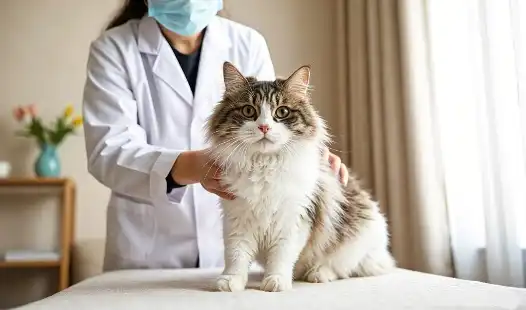Can FIP Be Cured? Exploring Treatment Options
Remission vs. Cure: Understanding the Difference
Veterinarians and cat owners alike now have reason to be hopeful about feline infectious peritonitis (FIP), an illness that was formerly thought to be deadly. Digging into the present status of GS-441524 FIP treatment, this article explores the numerous methods for managing this difficult ailment, the possibility of a cure, and more.
|
|
|
Breakthrough Therapies: New Hope for FIP
The landscape of FIP treatment has undergone a significant transformation in recent years, with novel therapies emerging as potential game-changers in the fight against this devastating feline disease.
The Promise of Antiviral Medications
One of the most promising developments in FIP treatment is the use of antiviral medications. Among these, GS-441524 has garnered considerable attention from researchers and veterinarians. This antiviral compound has shown remarkable efficacy in clinical trials, offering a glimmer of hope for cats diagnosed with FIP.
Understanding GS-441524
GS-441524 is a nucleoside analog that targets the replication process of the feline coronavirus responsible for FIP. By inhibiting viral replication, this compound has demonstrated the ability to dramatically improve the condition of cats suffering from various forms of FIP, including the wet, dry, and neurological variants.
Emerging Treatment Protocols
While GS-441524 has shown promise, it's important to note that treatment protocols are still evolving. Veterinarians are continually refining dosage regimens and administration methods to optimize outcomes for feline patients. The duration of treatment typically spans several weeks, with close monitoring and potential adjustments based on individual responses.
Remission vs. Cure: Understanding the Difference
As we explore the potential for curing FIP, it's crucial to distinguish between remission and a true cure. This distinction helps set realistic expectations for cat owners and guides ongoing research efforts.
Defining Remission in FIP
Remission in FIP refers to a state where the cat shows no clinical signs of the disease and appears healthy. However, this doesn't necessarily mean the virus has been completely eliminated from the body. Cats in remission may still carry the virus in a dormant state, with the potential for future reactivation.
The Concept of a Cure
A cure for FIP would involve the complete eradication of the virus from the cat's system, with no possibility of recurrence. While current treatments have shown the ability to induce long-term remission in many cases, declaring FIP "cured" requires more extensive research and long-term follow-up studies.
Monitoring and Maintenance
For cats that have undergone treatment and achieved remission, ongoing monitoring is essential. Regular check-ups, blood tests, and vigilant observation for any signs of relapse are crucial components of post-treatment care. Some veterinarians recommend periodic "booster" treatments to maintain remission, though the necessity and efficacy of this approach are still under investigation.
|
|
|
Case Studies: Long-term Survival Stories
The real-world impact of new FIP treatments is best illustrated through the stories of cats who have defied the odds. These case studies provide valuable insights into the potential for long-term survival and improved quality of life.
Bella's Journey: From Diagnosis to Recovery
Bella, a 2-year-old domestic shorthair, was diagnosed with the wet form of FIP. Her prognosis was grim, with veterinarians initially suggesting euthanasia as the most humane option. However, her owners opted to try treatment with GS-441524. After 12 weeks of daily injections, Bella's symptoms resolved, and she returned to her playful self. Two years post-treatment, Bella remains healthy with no signs of relapse.
Max's Battle with Neurological FIP
Max, a 6-month-old Siamese kitten, developed neurological symptoms associated with FIP. His condition rapidly deteriorated, causing seizures and loss of motor control. Max's veterinarian recommended an aggressive treatment protocol using a combination of antivirals and supportive care. While the road to recovery was challenging, Max showed gradual improvement over several months. Today, three years after his diagnosis, Max leads a normal life with only minor residual neurological deficits.
Long-term Outcomes and Quality of Life
These case studies, along with numerous others reported by veterinarians and researchers, highlight the potential for long-term survival and good quality of life following FIP treatment. While not every cat responds equally to treatment, these success stories provide hope and motivation for continued research and refinement of treatment protocols.
Conclusion
The question "Can FIP be cured?" doesn't have a simple yes or no answer. While we haven't yet achieved a definitive cure, the advancements in treatment options, particularly with antivirals like GS-441524, have transformed FIP from a death sentence to a potentially manageable condition for many cats. The high rates of remission and long-term survival seen in clinical studies and real-world cases offer unprecedented hope for cats diagnosed with FIP.
As research continues and treatment protocols are refined, the outlook for cats with FIP continues to improve. It's crucial for cat owners to work closely with veterinarians experienced in FIP treatment to explore all available options and make informed decisions based on their cat's individual circumstances.
While we may not yet have a definitive cure, the progress made in FIP treatment over the past few years is nothing short of remarkable. As we look to the future, there's reason to be optimistic that continued research and clinical experience will bring us ever closer to turning FIP into a consistently treatable, and perhaps one day, curable condition.
|
|
|
FAQ
1. Q: How long does FIP treatment typically last?
A: FIP treatment duration varies but typically ranges from 84 to 120 days, depending on the individual cat's response and the severity of the disease. Some cases may require longer treatment periods.
2. Q: Are there any side effects associated with GS-441524 treatment?
A: While generally well-tolerated, some cats may experience mild side effects such as injection site reactions, gastrointestinal upset, or temporary changes in appetite. Serious side effects are rare but should be monitored closely by a veterinarian.
3. Q: Can cats treated for FIP live normal lifespans?
A: Many cats successfully treated for FIP have gone on to live normal, healthy lives for years after treatment. However, long-term studies are still ongoing to fully assess the impact on lifespan.
Revolutionizing FIP Treatment: Partner with BLOOM TECH for Superior GS-441524
Our mission at BLOOM TECH is to use our premium GS-441524 to further the battle against FIP. The outstanding purity and constant effectiveness of our product are the result of stringent quality control procedures. Making sure your patients have the greatest chance of surviving FIP is feasible when you choose BLOOM TECH as your GS-441524 manufacturer. Whether you have questions about our products or are looking for individualised solutions for your vet clinic, our committed team of specialists is here to help. Together with BLOOM TECH, we can defeat FIP and provide hope to cats and their families. Reach out to us at Sales@bloomtechz.com to learn more about how we can work together to make a difference in feline health.
References
1. Pedersen, N.C. et al. (2019). Efficacy and safety of the nucleoside analog GS-441524 for treatment of cats with naturally occurring feline infectious peritonitis. Journal of Feline Medicine and Surgery, 21(4), 271-281.
2. Murphy, B.G. et al. (2020). Treatment of cats with feline infectious peritonitis using a novel adenosine nucleoside analog. Animals, 10(8), 1350.
3. Addie, D.D. et al. (2020). Feline infectious peritonitis. ABCD guidelines on prevention and management. Journal of Feline Medicine and Surgery, 22(11), 1093-1108.
4. Dickinson, P.J. et al. (2020). Antiviral treatment using the adenosine nucleoside analogue GS-441524 in cats with clinically diagnosed neurological feline infectious peritonitis. Journal of Veterinary Internal Medicine, 34(4), 1587-1593.

Echo
9 years of experience in chemical articles; Doctoral degree; Organic Chemistry major; R&D-4 Dept; Technology support; R&D engineer
Anticipating your Business & Technology support inquiry
Please send us the products that interest you, and we will provide you with one-on-one service
Recommended Blog
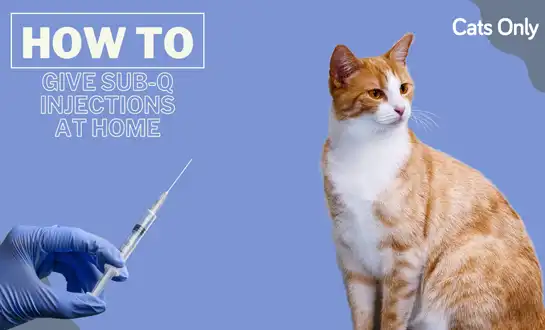
A Step-by-Step Guide to Giving GS-441524 Injections to Your Cat at Home
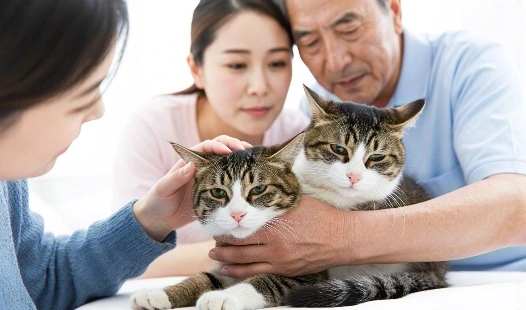
Why Is My Cat's Condition Fluctuating During GS-441524 Treatment?
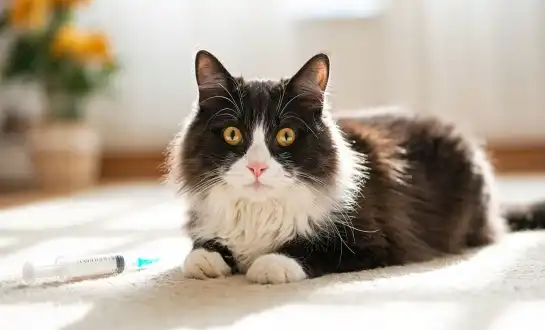
How to Handle Painful GS-441524 Injections: 5 Tips to Ease Your Cat's Stress
_副本_1757905577235.webp)
The Molecular Mechanism of GS-441524: How It Fights Coronavirus

The Connection Between FIPV and Cat Stress: What You Should Know?






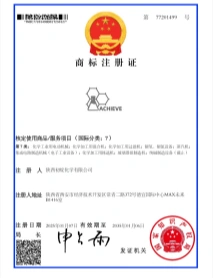


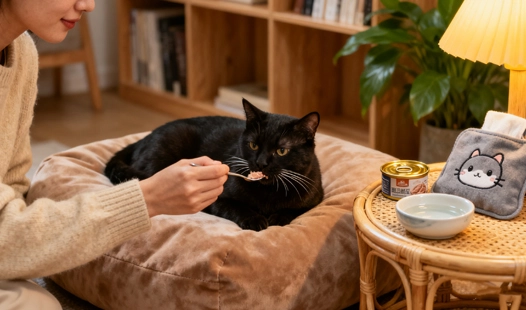
_副本_1758519070270.webp)

